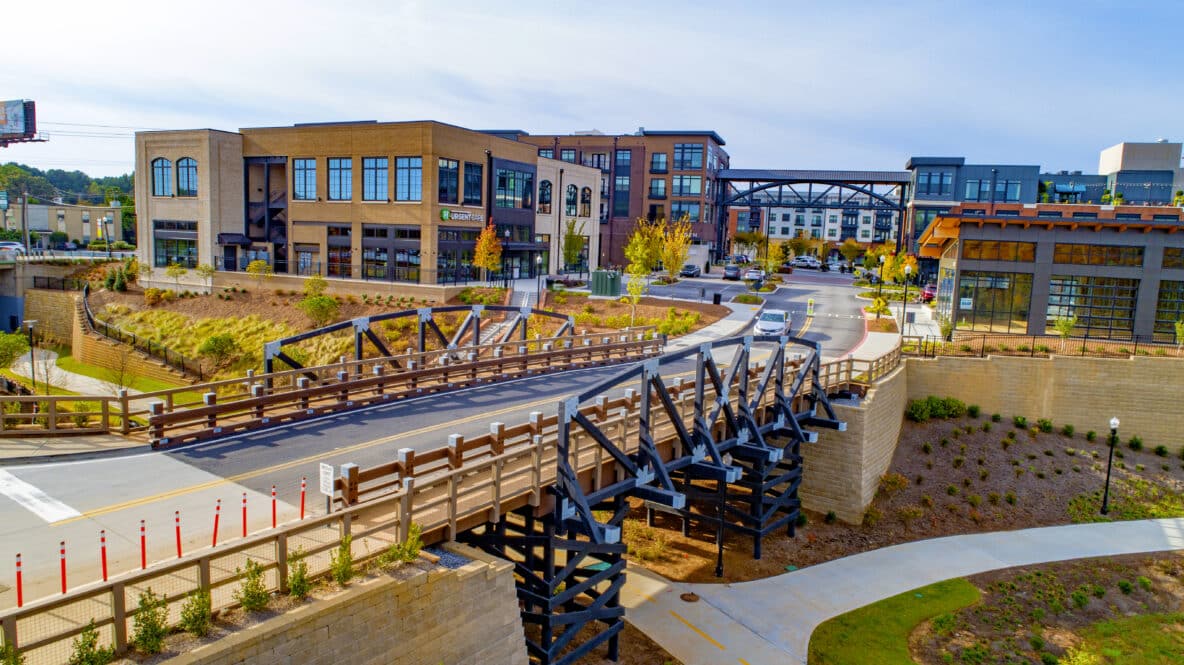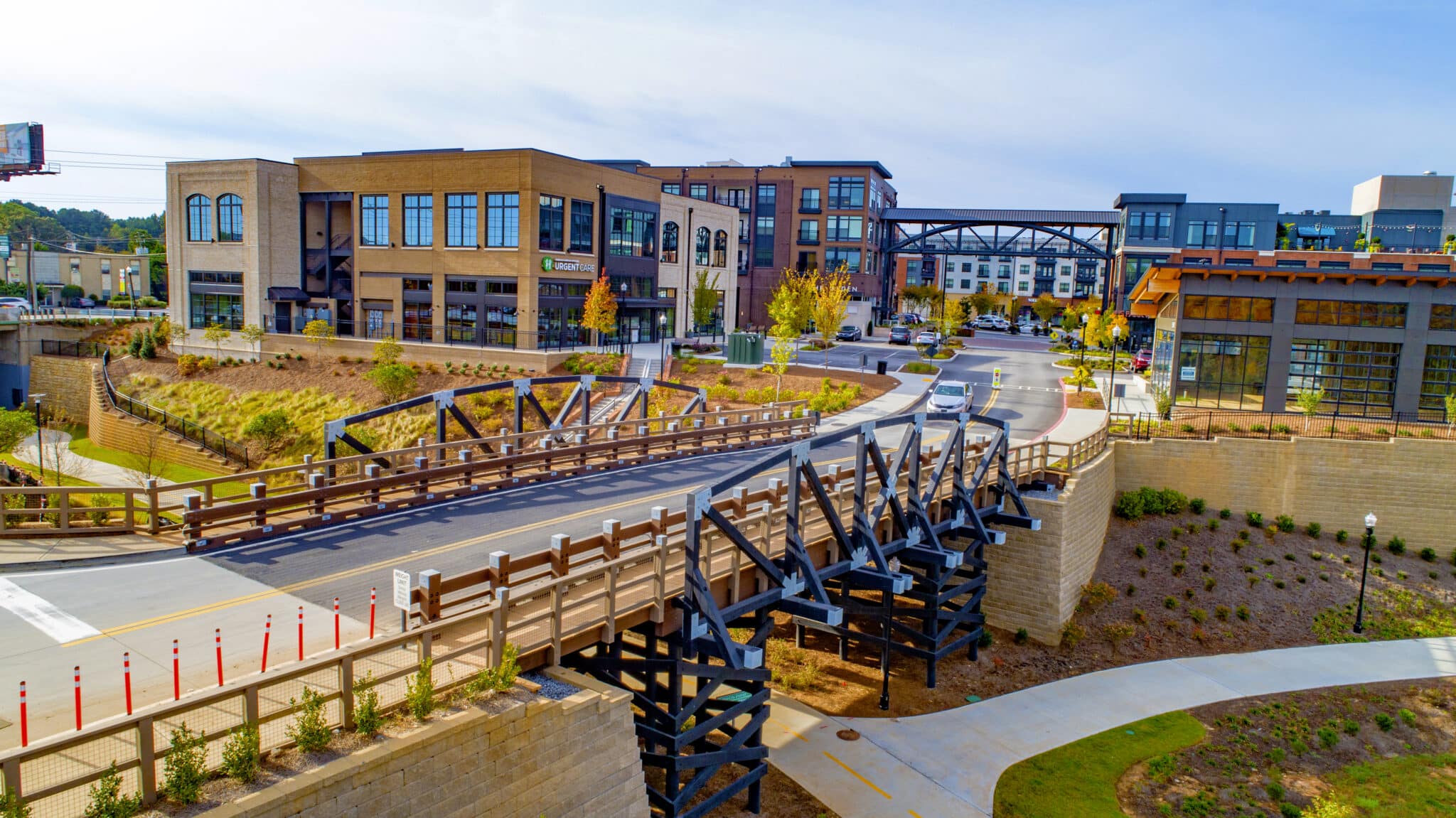
The Role of Wood Bridges in Green Infrastructure: How York Bridge Concepts Contributes to Eco-Friendly Urban Planning
As cities continue to grow, sustainable development has become a central priority for urban planners worldwide. Green infrastructure, which integrates natural and built environments to improve urban living, has emerged as a crucial component in addressing environmental challenges. At the heart of this effort is the resurgence of wood bridges as eco-friendly alternatives to traditional infrastructure. Companies like York Bridge Concepts (YBC) are leading the charge by developing wood bridges that not only reduce environmental impact but also contribute to a sustainable future.
In this blog post, we’ll explore how wood bridges play a pivotal role in green infrastructure, how YBC stands out in the field, and provide insights into why wood bridges are increasingly being recognized as an essential part of eco-friendly urban planning.

What is Green Infrastructure?
Green infrastructure refers to the integration of natural systems into urban settings to manage water, improve air quality, and enhance biodiversity. This approach contrasts with traditional “gray infrastructure,” which primarily relies on hard, impervious surfaces like concrete and steel. Green infrastructure offers a holistic way to address urban challenges, with benefits such as:
- Stormwater management: Trees, vegetation, and permeable surfaces help absorb and filter rainwater.
- Improved air quality: Vegetation helps capture pollutants and improve the overall air quality in cities.
- Biodiversity: Green spaces provide habitats for various species, improving local ecosystems.
- Urban cooling: Vegetation and natural water systems reduce the urban heat island effect, making cities cooler and more comfortable.
By incorporating natural elements into infrastructure, cities can become more resilient to climate change and more livable for their residents.
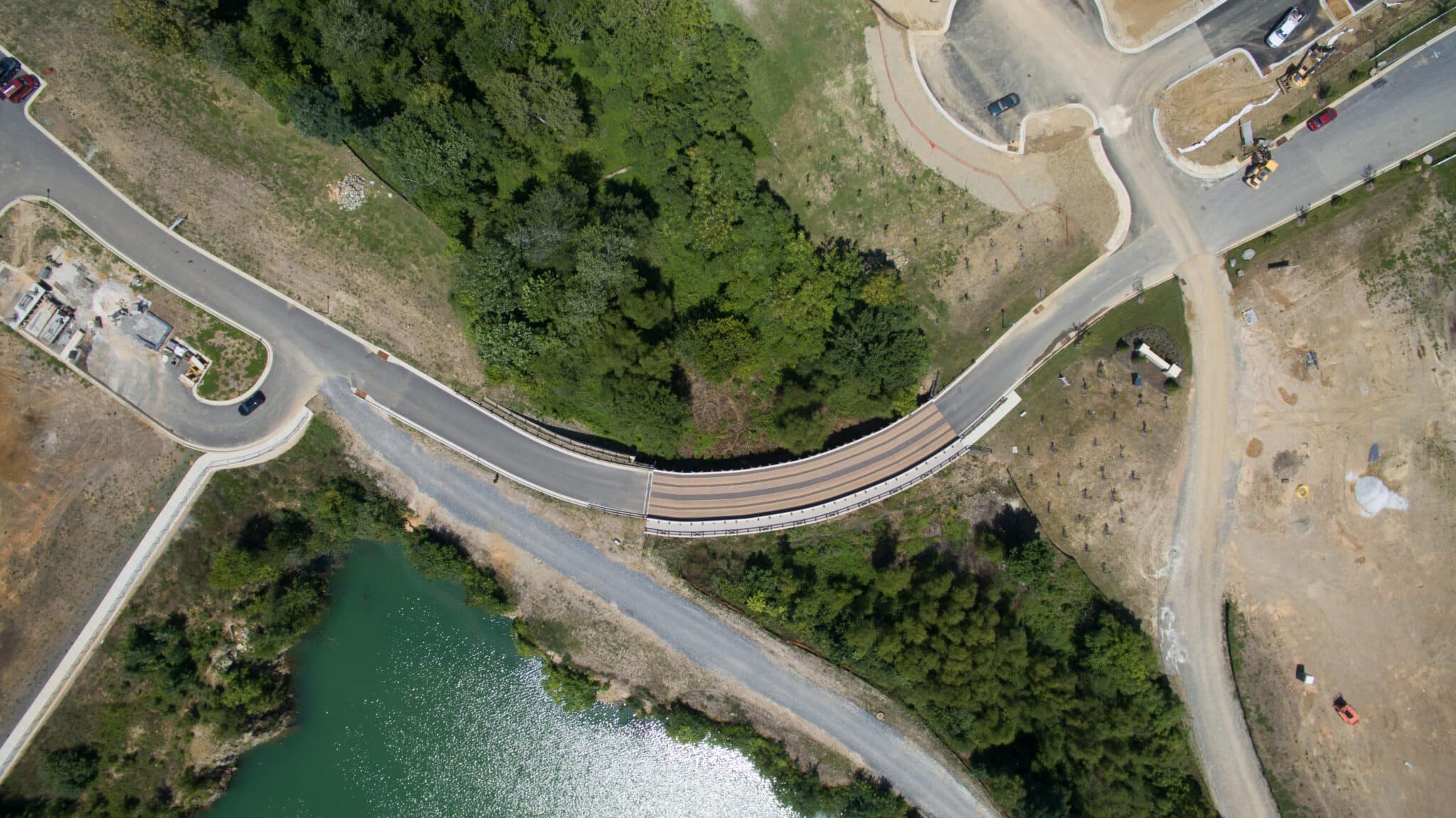
How Wood Bridges Fit into Green Infrastructure
Wood bridges represent a perfect example of integrating natural materials into urban infrastructure. Unlike steel or concrete, which have high environmental footprints due to energy-intensive manufacturing, wood is a renewable resource. This makes it an ideal material for creating bridges that support the broader goals of green infrastructure.
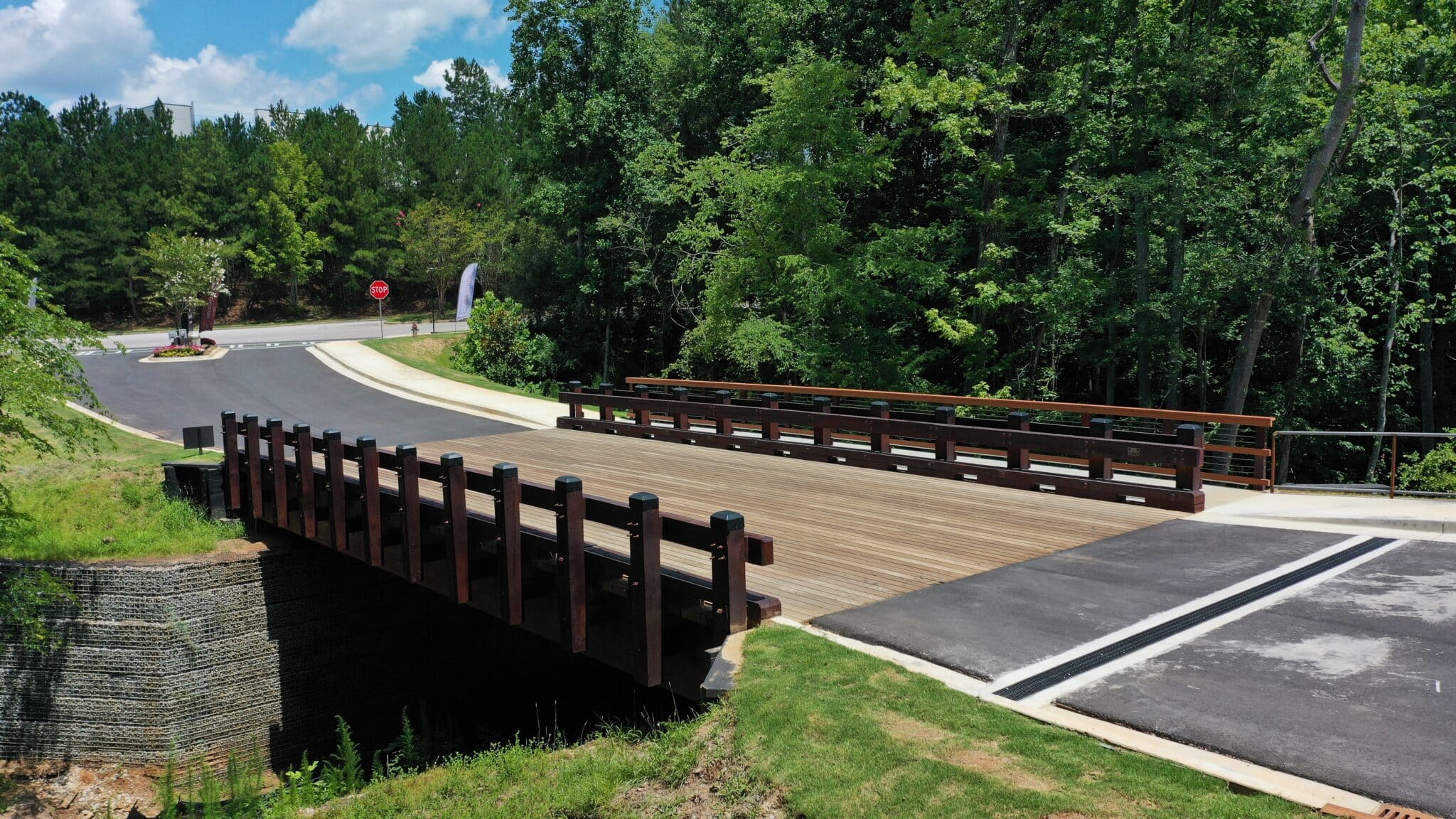
The Environmental Benefits of Wood Bridges
Renewability and Sustainability
Wood is one of the most sustainable building materials available. Trees naturally sequester carbon from the atmosphere, making wood an effective carbon sink. When responsibly sourced, wood used in construction can be replenished through reforestation and sustainable forestry practices.
-
Carbon sequestration: One of the key environmental benefits of wood is its ability to capture carbon dioxide from the atmosphere. According to studies, a cubic meter of wood can store up to one ton of CO2. The more wood is used in construction, the more carbon is captured, helping to mitigate climate change.
-
Reduced carbon footprint: The production of wood requires significantly less energy compared to steel or concrete. According to the U.S. Department of Agriculture, producing one ton of concrete emits up to 0.9 tons of CO2, while producing the same amount of wood emits only 0.05 tons.
TIMBER BRIDGES HAVE AN
80%
LOWER CARBON FOOTPRINT COMPARED TO STEEL OR CONCRETE
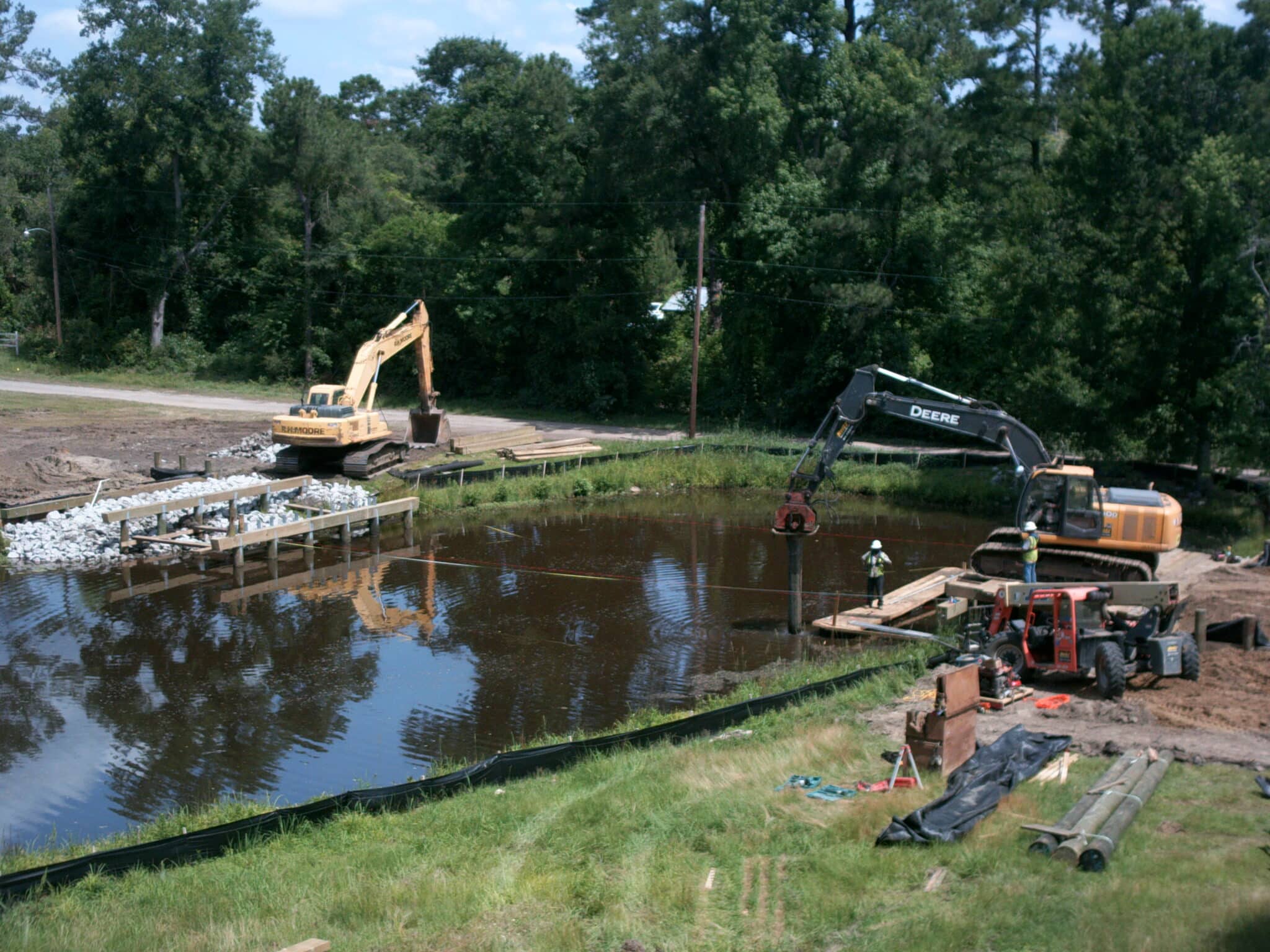
Biodegradability and Recycling
Unlike traditional building materials, wood is biodegradable, meaning that when a wooden bridge reaches the end of its lifecycle, it will naturally decompose, leaving minimal waste. Additionally, wood can be recycled and repurposed into other products, further reducing its environmental impact.
Energy Efficiency
The energy required to produce, transport, and install wood bridges is lower than that of steel or concrete bridges. Wood's natural thermal insulating properties also provide energy savings by reducing heat transfer.
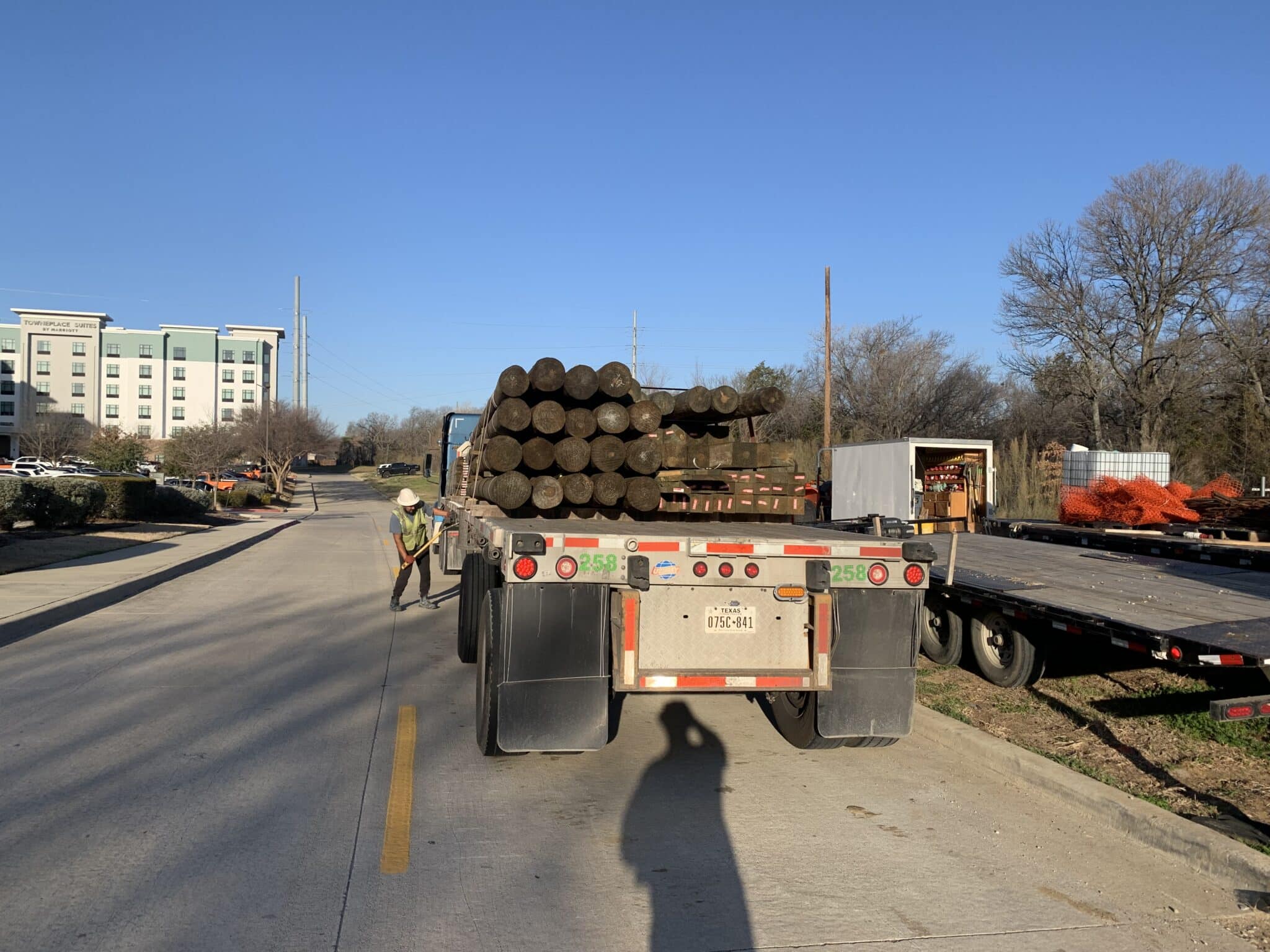
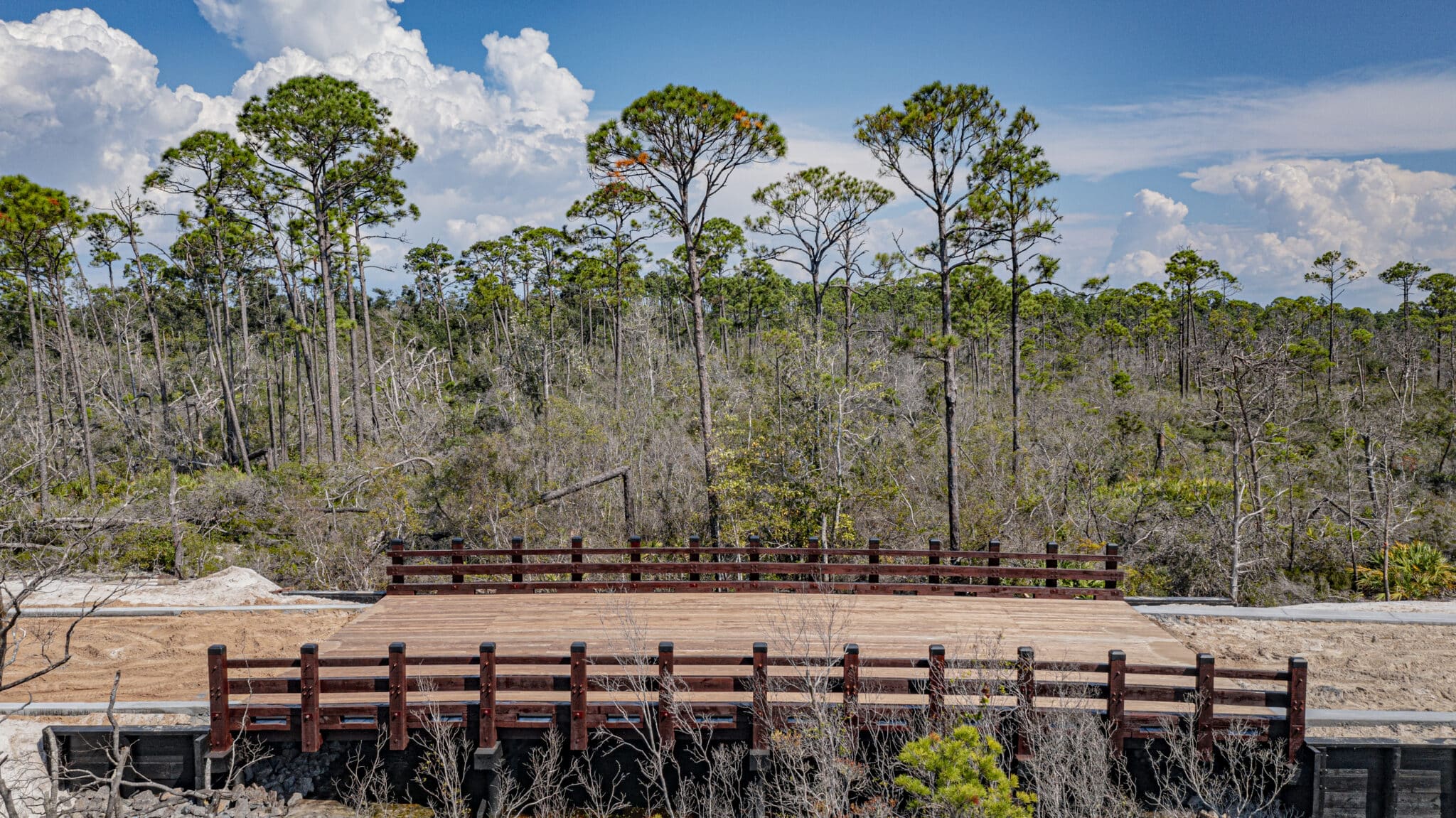
Aesthetic Integration with Nature
Wood bridges seamlessly blend into their surroundings, providing a visually appealing, natural complement to green spaces and parks. This aesthetic quality is vital for preserving the integrity of natural landscapes while still supporting necessary infrastructure.
Water Conservation and Permeability
Wood is a natural material that, when treated appropriately, can support water conservation efforts. Permeable surfaces are a core component of green infrastructure, allowing rainwater to pass through the structure and return to the ground rather than contributing to runoff. Certain types of wood bridge designs can incorporate permeable decking materials to enhance this effect.
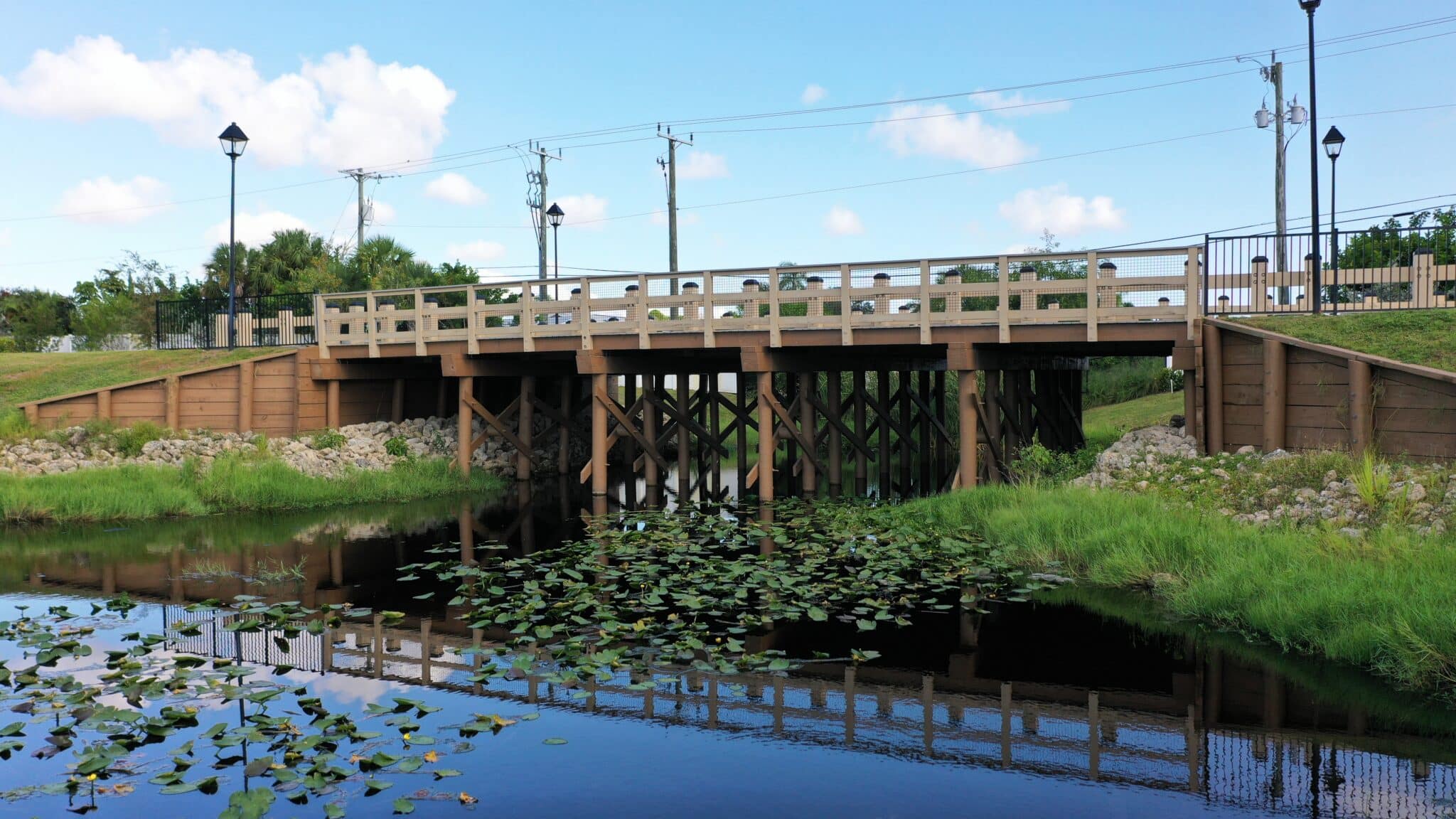
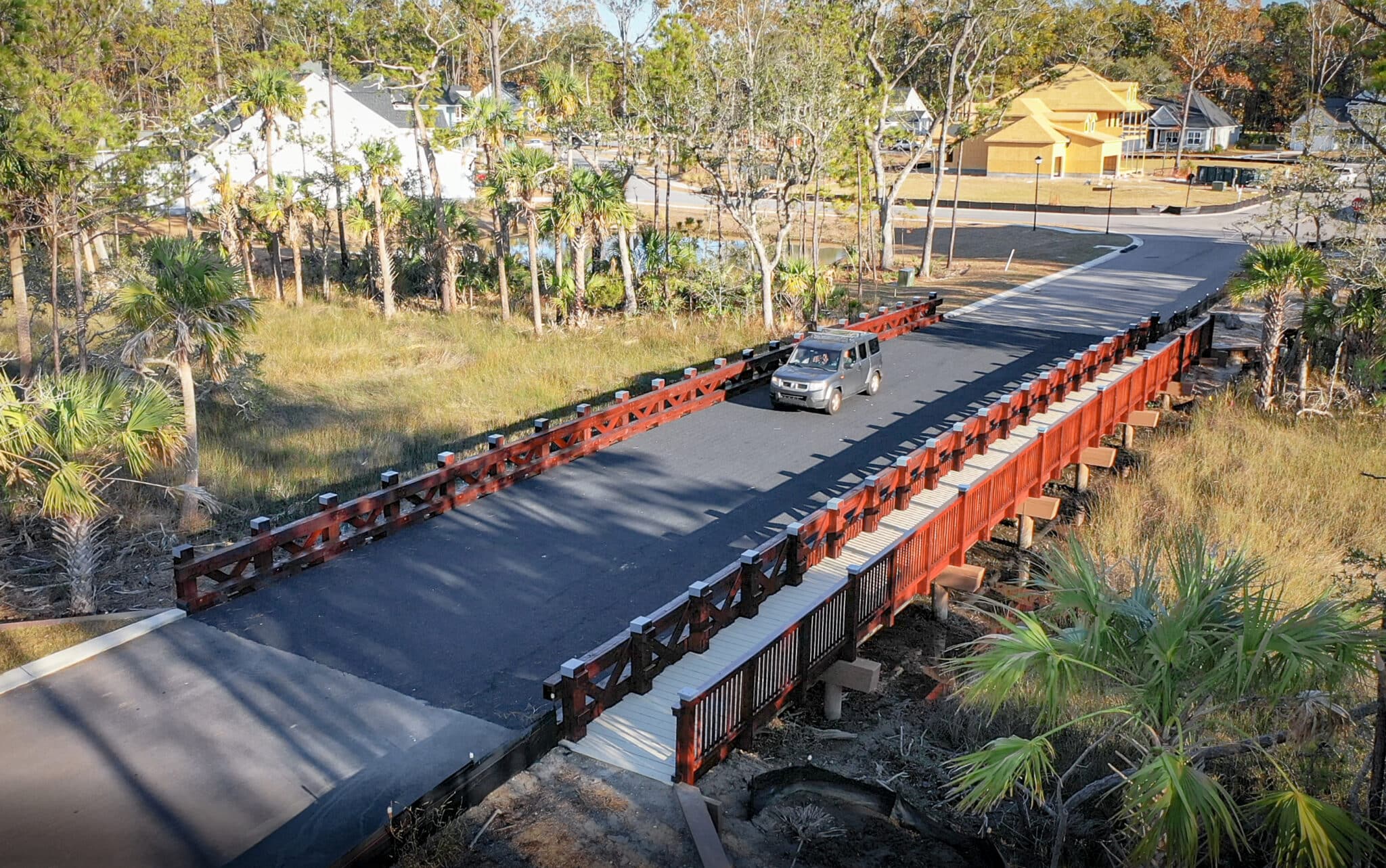
York Bridge Concepts: Leading the Way in Sustainable Wood Bridges
York Bridge Concepts (YBC) is a leading provider of custom wood bridge solutions and has established itself as a key player in advancing green infrastructure. With over 30 years of experience, YBC is committed to sustainability, innovation, and the development of eco-friendly infrastructure. Here’s how YBC contributes to the broader goals of sustainable urban planning:
Innovative Design and Customization
YBC specializes in the design and construction of timber bridges tailored to meet the specific needs of each project. This customization ensures that the bridges are not only functional but also harmonious with the natural environment.
- Eco-friendly materials: YBC uses responsibly sourced wood that meets sustainability certifications such as FSC (Forest Stewardship Council). This ensures that their bridges are built with minimal environmental impact.
- Durability and longevity: By employing state-of-the-art treatments and techniques, YBC ensures that their wood bridges are highly durable and long-lasting, reducing the need for frequent repairs or replacements. This longevity is a critical factor in minimizing resource use over the lifetime of the bridge.
400X
LESS
ENERGY-INTENSIVE TO MANUFACTURE THAN STEEL
FAO Forestry Paper
Focus on Sustainability
YBC has a long-standing commitment to sustainable practices in both their construction processes and the sourcing of materials. Their timber bridges provide numerous environmental benefits, including:
- Minimizing disruption to ecosystems: The lightweight nature of wood bridges allows for construction with minimal disruption to the surrounding environment, including sensitive ecosystems like wetlands.
- Energy-efficient construction: YBC emphasizes energy-efficient construction methods, reducing the carbon footprint of their projects.
- Community collaboration: YBC works closely with urban planners and environmentalists to ensure that their projects align with broader goals of sustainability and eco-friendly design.
60X
LESS
ENERGY-INTENSIVE TO MANUFACTURE THAN CONCRETE
FAO Forestry Paper
Prominent Projects and Achievements
YBC has completed numerous projects across North America that showcase their expertise in wood bridge construction for green infrastructure. These projects range from pedestrian footbridges to vehicular bridges, all designed with sustainability at the forefront.
- Case Study: Breakwater Beach in Delaware: In this project, YBC worked closely with developers to build a vehicular bridge that connects homes while preserving the surrounding protected wetlands. The bridge used sustainably sourced wood and incorporated permeable decking, supporting the city’s coastal wetland management efforts.
- Resort and Park Bridges: YBC has developed numerous eco-friendly bridges in national parks, resorts, and wildlife preserves, helping to improve access while maintaining the natural landscape.
25%
LESS
ENVIRONMENTAL IMPACTS THAN STEEL OR CONCRETE OVER ENTIRE LIFE-CYCLE
International Journal of Life Cycle Assessment
FAQs: Wood Bridges in Green Infrastructure
Are wood bridges as strong as concrete or steel bridges?
Yes, wood bridges can be as strong and durable as concrete or steel bridges when properly designed and maintained. Advanced engineering techniques and treatment processes ensure that timber bridges can withstand heavy loads and harsh weather conditions. Additionally, wood bridges are more flexible, making them resistant to certain types of stress, such as seismic activity.
How long do wood bridges last?
With modern treatments and maintenance, wood bridges can last anywhere from 30 to 75 years or more. YBC uses proprietary preservation techniques that ensure the longevity of their bridges, making them a reliable option for long-term infrastructure.
What about fire resistance in wood bridges?
One common misconception is that wood bridges are highly susceptible to fire. In reality, large wooden structures like bridges are more fire-resistant than people think. Treated wood has a slow-burning nature, which can often withstand fire longer than unprotected steel, which may lose strength more rapidly when exposed to high temperatures.
Are wood bridges environmentally friendly?
Absolutely. Wood is a renewable resource that, when responsibly sourced, has a lower carbon footprint than traditional construction materials like steel or concrete. Wood bridges are biodegradable, can be recycled, and contribute to carbon sequestration during their lifespan.
Do wood bridges require more maintenance?
Wood bridges, like all bridges, require regular maintenance to ensure their longevity. However, modern preservation techniques, such as the ones used by YBC, greatly reduce the need for frequent repairs. Maintenance often involves treating the wood to prevent decay and damage from environmental factors.
Embracing Wood Bridges for a Greener Future
As cities continue to grow and evolve, green infrastructure will play an increasingly critical role in ensuring a sustainable future. Wood bridges, with their environmental benefits, renewability, and aesthetic appeal, are a prime example of how we can incorporate nature into urban planning. York Bridge Concepts is at the forefront of this movement, demonstrating that eco-friendly solutions can also be innovative and practical.
By investing in sustainable infrastructure like wood bridges, we are taking significant steps toward reducing our carbon footprint, preserving natural ecosystems, and creating cities that are not only functional but also beautiful and in harmony with the environment. For more information about sustainable wood bridges, visit our resources section and learn how we are shaping the future of green infrastructure.
Create Your Legacy Today
Discover the intersection of strength, durability, and environmental responsibility with York Bridge Concepts. Let's build a bridge to the future together.

